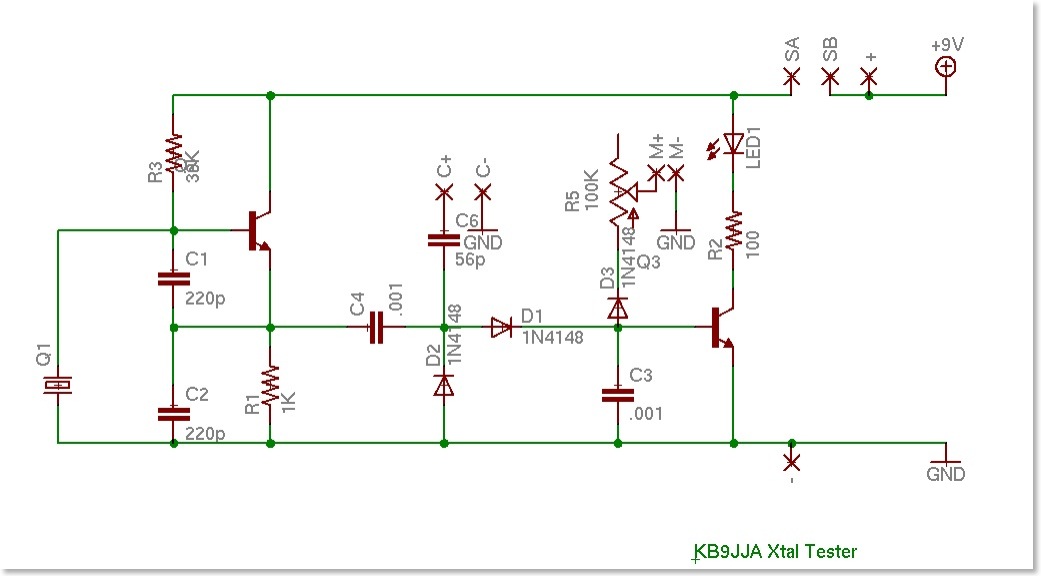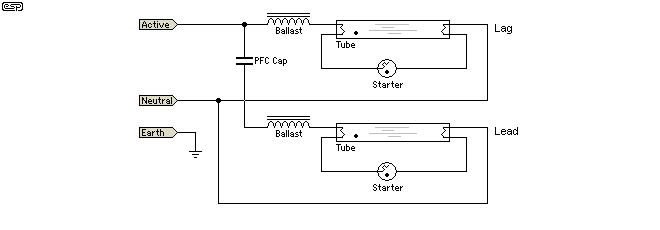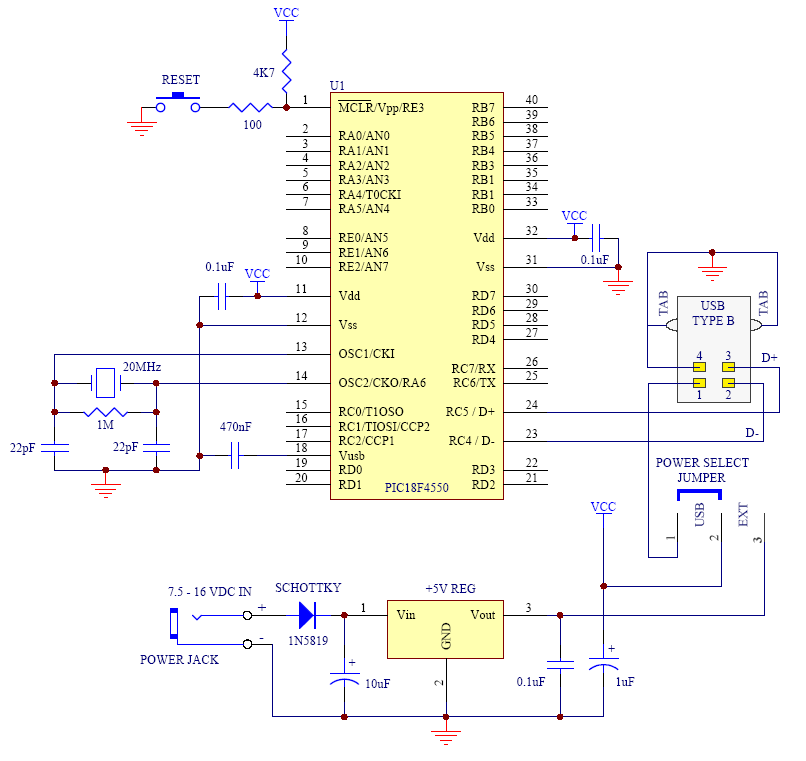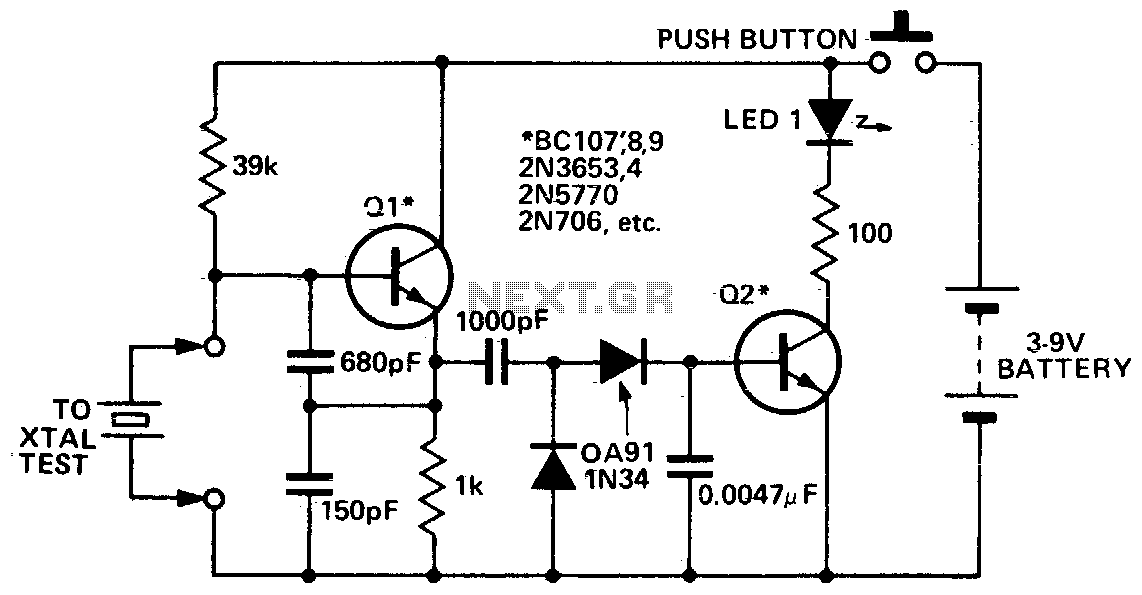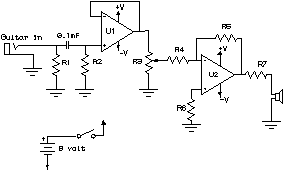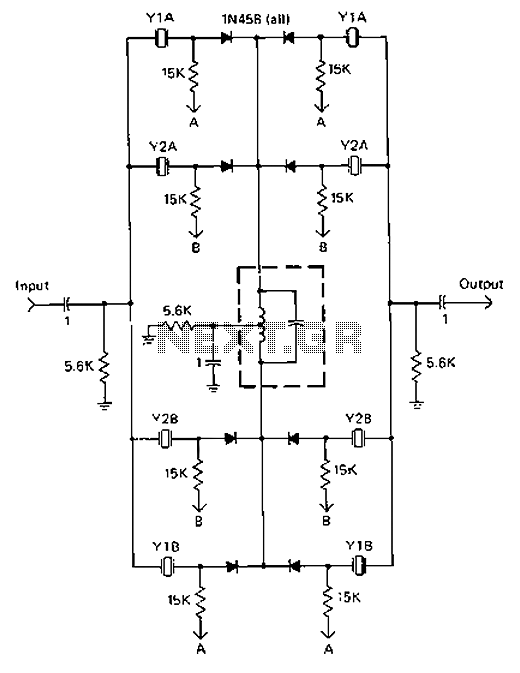
Dunlop Cry Baby Wah Wah Schematic
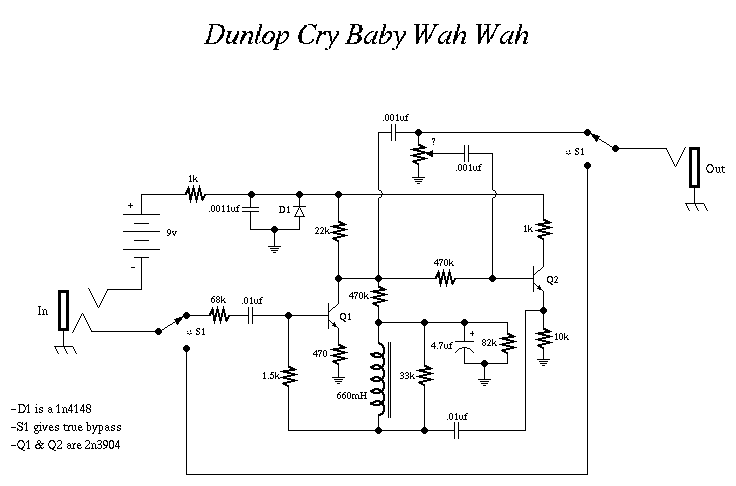
Dunlop Cry Baby Wah Wah Schematic. It is challenging to replicate the Cry Baby sound due to its unique characteristics.
The Dunlop Cry Baby Wah Wah pedal is renowned for its distinctive tonal qualities and is a staple in many guitarists' setups. The schematic of this pedal showcases the various components that contribute to its iconic sound. The circuit typically includes a potentiometer, which controls the wah effect by varying the resistance and, consequently, the frequency response of the signal.
The heart of the Cry Baby circuit often involves an operational amplifier configured as a bandpass filter. This allows the pedal to accentuate certain frequencies while attenuating others, creating the signature "wah" sound that is sought after in many musical genres. The circuit may also incorporate additional components such as capacitors and resistors to shape the frequency response further and ensure stability in operation.
Moreover, the Cry Baby Wah Wah pedal may utilize a bypass switch to allow the guitarist to toggle between the effect being engaged and a true bypass mode, ensuring that the original tone of the instrument is preserved when the effect is not in use. The overall design emphasizes simplicity and effectiveness, making it a preferred choice for both amateur and professional musicians.
Understanding the schematic layout, including the placement of each component and their interconnections, is crucial for anyone looking to repair, modify, or build a similar wah pedal. The unique characteristics of the Dunlop Cry Baby Wah Wah, combined with its straightforward circuit design, make it an enduring favorite in the world of electric guitar effects.Dunlop Cry Baby Wah Wah Schematic Still its hard to be the Cry Baby sound for what it is.. 🔗 External reference
The Dunlop Cry Baby Wah Wah pedal is renowned for its distinctive tonal qualities and is a staple in many guitarists' setups. The schematic of this pedal showcases the various components that contribute to its iconic sound. The circuit typically includes a potentiometer, which controls the wah effect by varying the resistance and, consequently, the frequency response of the signal.
The heart of the Cry Baby circuit often involves an operational amplifier configured as a bandpass filter. This allows the pedal to accentuate certain frequencies while attenuating others, creating the signature "wah" sound that is sought after in many musical genres. The circuit may also incorporate additional components such as capacitors and resistors to shape the frequency response further and ensure stability in operation.
Moreover, the Cry Baby Wah Wah pedal may utilize a bypass switch to allow the guitarist to toggle between the effect being engaged and a true bypass mode, ensuring that the original tone of the instrument is preserved when the effect is not in use. The overall design emphasizes simplicity and effectiveness, making it a preferred choice for both amateur and professional musicians.
Understanding the schematic layout, including the placement of each component and their interconnections, is crucial for anyone looking to repair, modify, or build a similar wah pedal. The unique characteristics of the Dunlop Cry Baby Wah Wah, combined with its straightforward circuit design, make it an enduring favorite in the world of electric guitar effects.Dunlop Cry Baby Wah Wah Schematic Still its hard to be the Cry Baby sound for what it is.. 🔗 External reference
